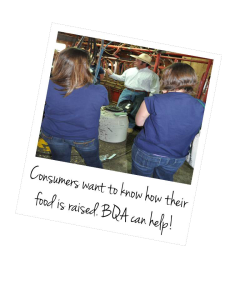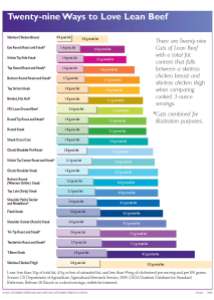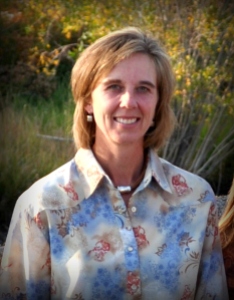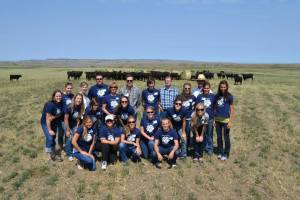Beef and Heart Disease: Should It Be What’s For Dinner?
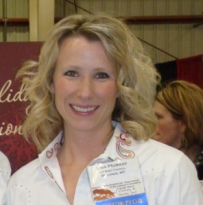 Lisa Murray, Director of Nutrition, Montana Beef Council
Lisa Murray, Director of Nutrition, Montana Beef Council
Although many people may think there’s little place in cholesterol-lowering diets for beef, research suggests just the opposite. According to a clinical study, Beef in an Optimal Lean Diet (BOLD), published in the January 2012 edition of the American Journal of Clinical Nutrition, including 4.0 to 5.4 ounces of lean beef daily in the gold standard heart-healthy diet (DASH – Dietary Approaches to Stop Hypertension) lowered participants’ LDL “bad” cholesterol by 10 percent.
This study provides new insights about beef’s benefits in a heart-healthy diet; demonstrating that lean beef, in addition to being satisfying and great-tasting, can be part of a solution to building a heart-healthy diet.
Mike Roussell, PHD, a researcher for the BOLD study, will be presenting the BOLD study to Registered Dietitians, during the Annual Montana Dietetic Association meeting in Billings May 28-30.
Dr. Mike will examine the changing nutritional role of beef in a heart healthy diet. Specifically, he will delve into the disconnect between population based studies and clinical trials regarding the impact of red meat on Cardiovascular Disease (CVD) and CVD risk factors.
Author, speaker, and nutritional consultant Mike Roussell, PhD is known for transforming complex nutritional concepts into practical nutritional habits that his clients can use to ensure permanent weight loss and long lasting health. Dr. Mike holds a bachelor degree in biochemistry from Hobart College and a doctorate in nutrition from Pennsylvania State University.
The BOLD study sets the record straight about beef’s benefits in a heart-healthy diet. The study proves that nutrient rich lean beef, in addition to being satisfying and great-tasting, can be part of a solution to building a heart-healthy diet.
Most of the heart-healthy beef recipes used in the study came from The Healthy Beef Cookbook, a collection of delicious, nutrient-rich recipes for America’s favorite protein, beef. For more information on the BOLD study, meal plans and The Healthy Beef Cookbook visit www.BeefNutrition.org.




